InitialPartition is an application for Mac that is considered a potentially unwanted program by security researchers. The program tends to get installed on Mac operating systems without users’ knowledge. It is being spread via tricky techniques and once it gains access to a target system it modifies browser settings without permission. It is mainly developed to spam your online browsing with lots of redirects to different shady websites. However, as long as the program is running on your Mac it makes the operating system vulnerable to additional infections. Your online privacy and safety are endangered as well.
Remove InitialPartition and Secure macOS
InitialPartition Manual Removal Guide
Skip all steps and download anti-malware tool that will safely scan and clean your Mac.
Run a free scan and check if your Mac is infected with malware.
SpyHunter for Mac Scanner feature is free. Other features are paid. Here you can review its EULA and Privacy Policy.
Distribution of InitialPartition Mac Adware
InitialPartition is a nasty application for Mac that has been reported to interrupt regular browsing sessions without users’ permission. Since this undesired program could be misused for the distribution of malicious files its presence in the browser could endanger the overall security of targeted Mac operating systems. At the moment security experts have not been able to identify a single tactic that is being used to infect the targets. We presume that the bad actors are using several of the most important methods to carry out malicious campaigns.
A common way of setting redirect attacks like InitialPartition is the use of email spam messages. They may directly distribute malicious file attachments containing scripts that lead to an infection. Other cases can utilize complex social engineering tricks and hyperlinks that are specifically made to confuse the intended targets into infecting themselves. Two more scenarios that are used in combination with email messages rely on infected files used as payloads ‒ documents and software installers.
- Infected Software Installers ‒ The criminals craft malicious packages made out of legitimate software installers. They are taken from the official vendor download sites, modified, and then posted on online sites or attached (either as file attachments) or linked in the email messages.
- Infected Documents ‒ They represent dangerous files that usually come in the form of some of the most popular document types: rich text documents, spreadsheets, and databases. When the users open them up a notification prompt will ask them to enable the built-in scripts (macros). If this is done then the malware is installed on the victim’s computer.
Malicious browser plugins carriers of InitialPartition and other associated programs can be uploaded to hacker-controlled sites and P2P networks like BitTorrent as well. The hacker operators frequently utilize template design, text, and images to create portals that look like legitimate download sources. They may also use domain names that are very similar to legitimate sites and advertise them via pop-ups or ad networks.
The undesired program associated with InitialPartition can be found in numerous malware toolbars. They are usually made for the most popular web browsers installed on macOS: Safari, Mozilla Firefox, and Google Chrome. They can be distributed on illegal download sites or even on the browser’s repositories (such as the Chrome Web Store for Google Chrome) using fake developer accounts.
Although most programs that are advertised in this way aren’t malicious, they can endanger the overall system security with their unwanted operations. All those websites and pop-ups that appear as a result of having InitialPartition on your Mac may redirect you to a page that contains Ransomware or Trojan horse downloads that are disguised as regular software. Unfortunately, you can realize it when it is too late and your Mac is infected with nasty malware. Therefore, the removal of InitialPartition from a Mac is the most advisable action.
Impact of InitialPartition Mac Virus
InitialPartition has been classified as a potentially unwanted program that performs various bogus modifications to start spamming users with lots of ads.
The program is often mistaken for a virus because of its unexpected appearance in the Applications list next to all desired programs. It gets access to macOS without asking users for their agreement. You may suddenly realize that a strange app is loaded when you see it attaches to Chrome, Firefox, or Safari as an extension.
The owners of InitialPartition hope that their project will monetize its presence on affected systems by delivering various types of online ads and generating strange pop-ups that open sponsored web pages. The intrusive ads can slow down the performance of the browser and the whole system as well. Crashes may happen at times. All pop-ups, pop-unders, images, banners and other types of ads injected by InitialPartition pose a certain danger to the overall system security. Such ads are known to be used for the realization of shady schemes including malware distribution.
The so-called InitialPartition Mac virus is known to act like a typical browser hijacker program as well. Hence, it may change your browser preferences without your knowledge and force you to use the services of a hoax search engine or browser extension.
Additionally, once InitialPartition establishes its malicious files on the system it is able to harvest specific details from your system and browsers it affects. It is a common practice of undesired programs like the discussed one. This could be explained by the fact that malicious intenders attempt to build a complete profile of the victims with all their interests and patterns of online behavior. Then they could deliver targeted content or even sell the records to third parties of unknown origin.
InitialPartition ads and all files associated with this infection expose your system at risk of severe malware attacks. Thus, they must be eliminated completely before any privacy and security risks occur. This is why we recommend that all infected users need to remove active infections by following our in-depth removal guide.
InitialPartition Mac Virus Removal Guide
If your system is showing infection symptoms, you should definitely take action and remove InitialPartition virus and related files from your macOS. The sooner the better! Below you can find our step-by-step Mac virus removal instructions that give you the opportunity to get rid of InitialPartition either manually or automatically. If you don’t feel comfortable with manual instructions, download a reliable InitialPartition removal tool that will scan your Mac system for malware and clean it safely for you. If any questions arise, or additional help is needed leave us a comment.
How to Remove InitialPartition on a Mac Manually
Remove InitialPartition and related files from OSX.
- 1. Force Quit all suspicious applications.
Go to the Apple menu in the upper-left corner of your screen and choose Force Quit option.
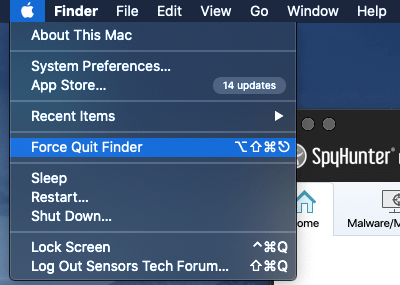
You will see a list of all currently running applications. Go find InitialPartition, select it and then navigate to the “Force Quit” button. You can also find the last application you installed on your Mac and stop it as well.
Since software bundling is a common propagation method, the InitialPartition may get installed along with the lastly installed application and their activities on the system may be related.
- 2. Remove InitialPartition and other related potentially unwanted applications from the Applications folder.
Open the Finder and select the Applications menu. Then search for the unwanted application and drag it to the Trash.
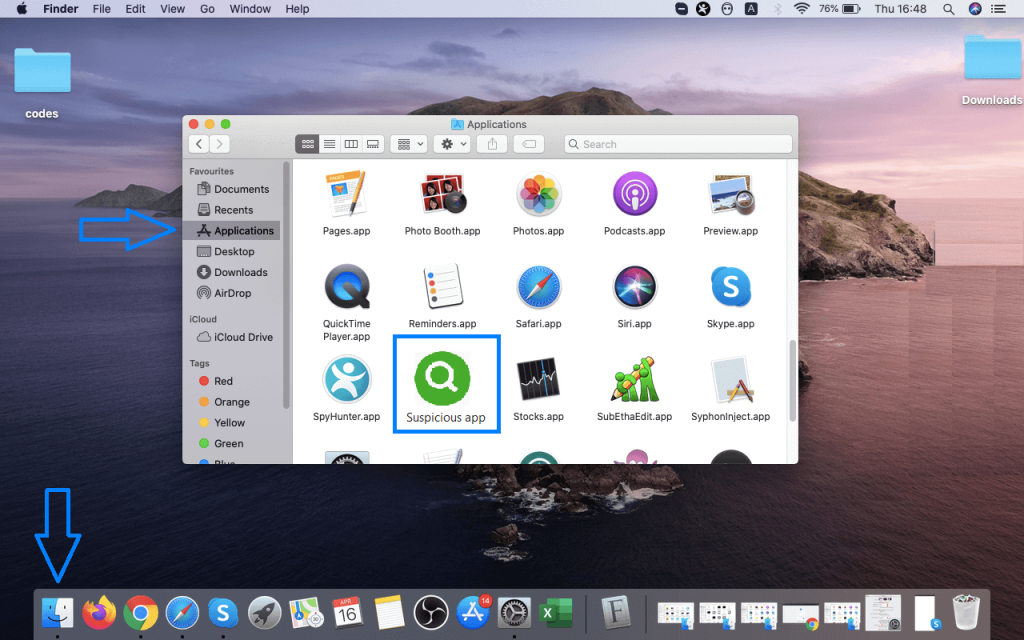
- 3. Мanually look for InitialPartition in the Libraries of your Mac.
WARNING! You are about to tamper with Library files on Mac. Make sure that you know the name of the virus file. Deleting the wrong file may cause irreversible damage to your MacOS.
Select Go from the top menu bar and navigate to Go to Folder…
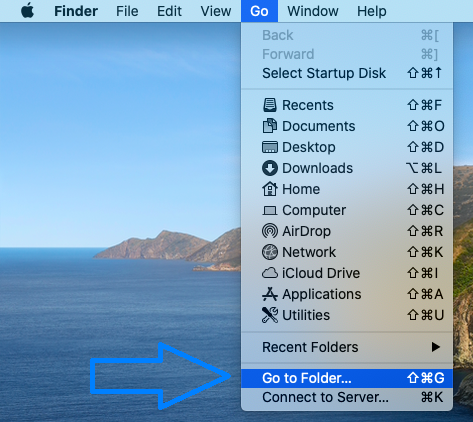
When the window appear start entering the following folder locations one by one:
/Library/Application Support
/Library/LaunchDaemons
~/Library/LaunchAgents
In each folder look for any recently-added suspicious files and move them to the Trash. Examples of files generated by browser hijacker:
- installmac.AppRemoval.plist
- myppes.download.plist
- mykotlerino.ltvbit.plist
- kuklorest.update.plist
Remove InitialPartition From Your Browser
Remove suspicious browser extensions that can be responsible for the appearance of invasive pop-ups and browser redirects.
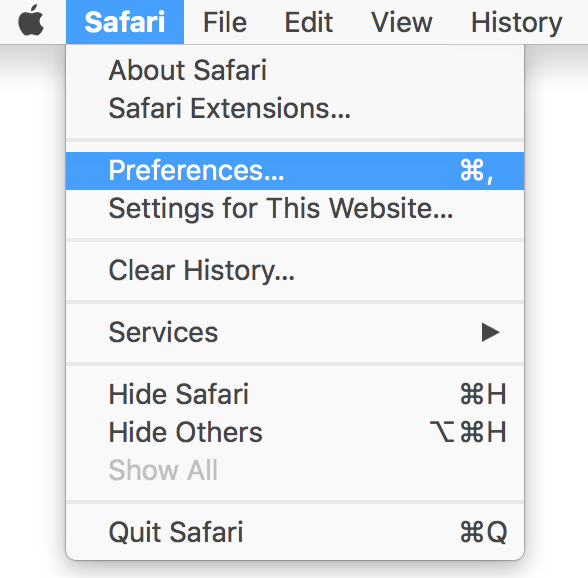
2. Click on the “Extensions” tab. If you see a suspicious or unwanted extension, select it and click “Uninstall“.
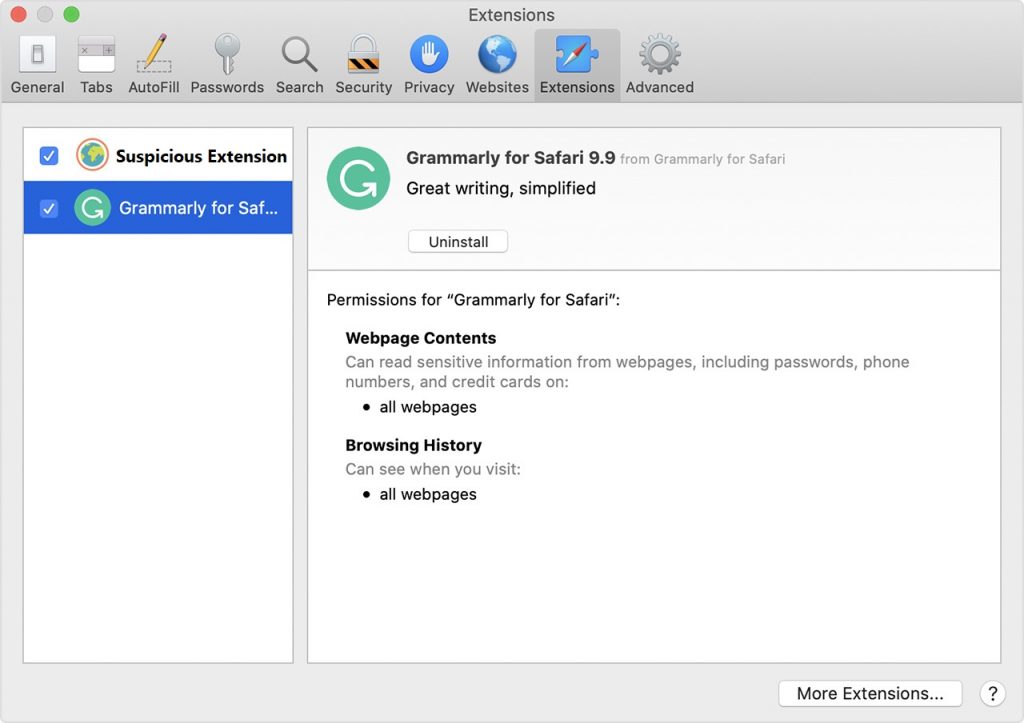
3. Reset Safari web browser. Beware that this step will remove the history as well as some of your saved data. Before you proceed we recommend that you make sure to write down all passwords, logins and important details.
If you are using Safari version 9 or higher open the browser and go to “Preferences“. Then select the “Privacy” tab. When the window appears on screen click on the “Remove All Website Data” button.
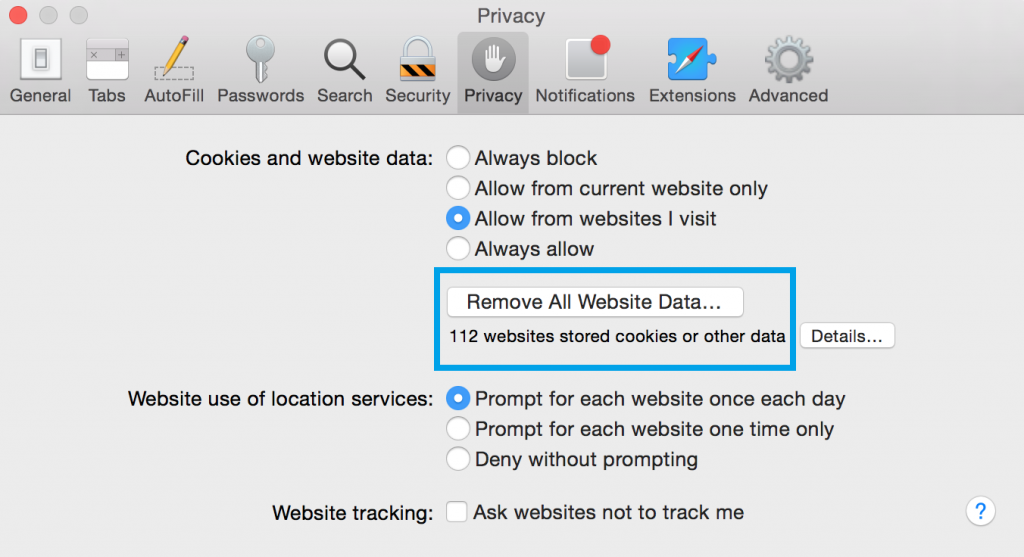
In case that your Safari web browser is running a version from 5 to 8, then just select Safari on the top menu bar and click on “Reset Safari” option. Choose which data to be cleaned from the browser.
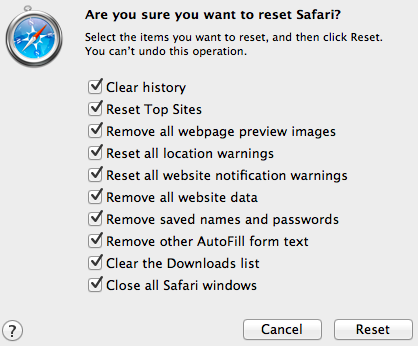

2. Click “Extensions” in the left menu. Then click on the trash bin icon to remove the suspicious extension.

3. Again in the left menu, under Chrome, Click on “Settings“. Go under “On Startup” and set a new page.

4. Afterward, scroll down to “Search“, click on “Manage search engines“.

5. In the default search settings list, find the unknown search engine and click on “X“. Then select your search engine of choice and click “Make default“. When you are ready click “Done” button in the right bottom corner.
1. Start Mozilla Firefox. In the upper right corner, click on the Open menu icon and select “Add-ons“.

2. Inside the Add-ons Manager select “Extensions“. Search the list of extensions for suspicious entries. If you find any, select them and click “Remove“.

3. Click again on the Open menu icon, then click “Options“.

4. In the Options window, under “General” tab, click “Restore to Default“.

5. Select “Search” in the left menu, mark the unknown search engine and press “Remove”.

Remove InitialPartition from a Mac Automatically
While the above steps work very well in most of the cases when users’ OSX is infected with PUP or malware, sometimes the Mac virus removal requires the help of a professional application. This anti-malware tool will scan and remove malware from your Mac. It offers an active protection shield and comes with a variety of handy features that will keep your system fast, clean, and secure.
DOWNLOAD Antivirus for MacSpyHunter for Mac Scanner feature is free. Other features are paid. Here you can review its EULA and Privacy Policy.



